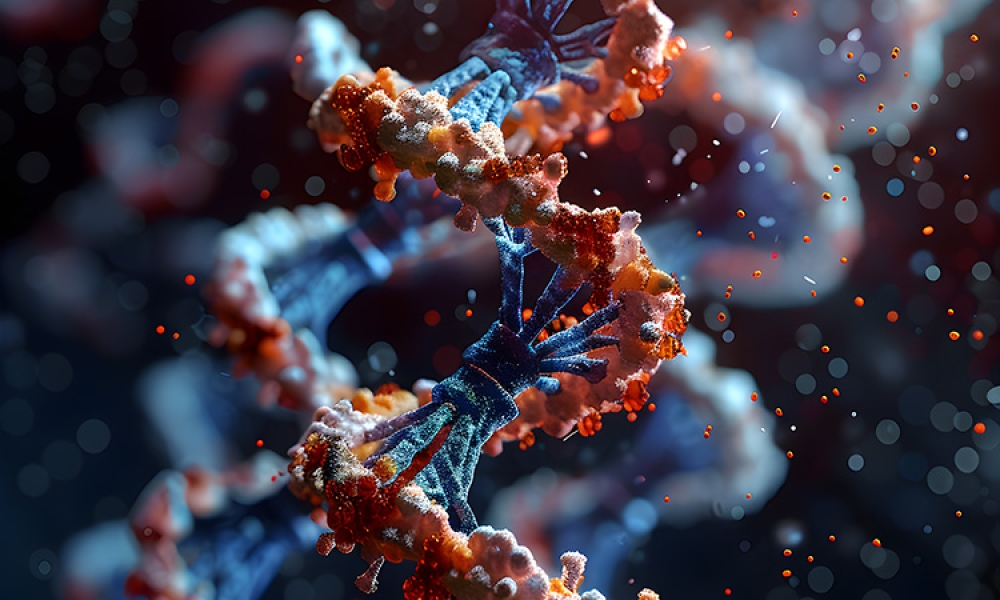White Papers establish or clarify a concept (or framework); they often describe a potential solution or approach to an existing problem or area of discussion. These papers may interpret or clarify a regulatory position, and may seek to influence.
Back to Pharmaceutical Engineering® Magazine
 (Must be a member to view White Papers)
(Must be a member to view White Papers)









